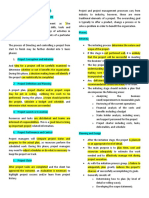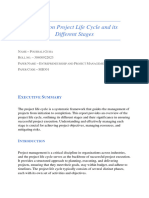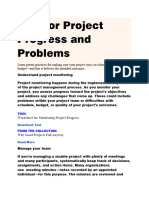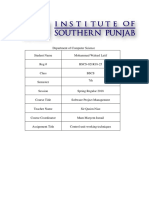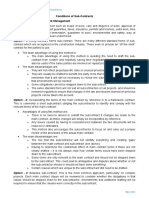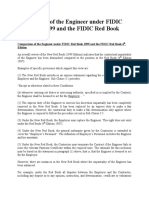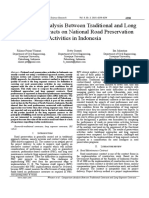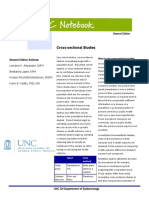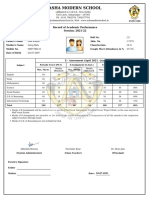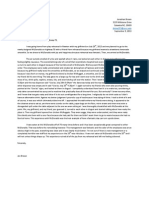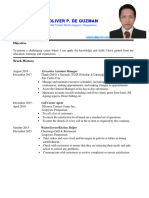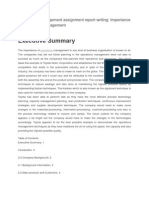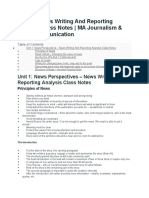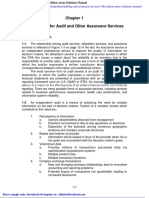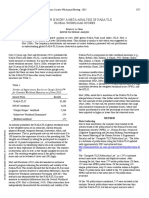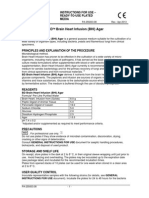Monitor and control: Project work outputs
The deliverables of this phase of the project life cycle can vary depending on the scope of the project.
Things such as the complexity and the specific requirements of the stakeholders also come into play,
but here are some common deliverables:
Project status reviews and reports
Risk assessments and risk management plans
Issue logs
Updated documents for any changed schedules/timelines, budgets/costs, or plans
People and resource utilization reports
Quality control reviews and reports
Performance metric reports
The monitoring and controlling process in project management: 6 steps to better projects
Follow these simple steps to help you successfully complete the monitoring and control process in
project management:
Step 1: Define your monitoring and controlling activities
The first thing you’ll do is lay out the activities for this process. For example, this could be tracking
project milestones and deliverables (your KPIs), checking project performance, assessing costs, and
keeping everything within the planned scope.
Step 2: Collect and analyze data
The next step in the process is to collect data to compare your actual progress against your original
plan. From here you can spot and analyze any differences, then put a plan of action in motion to bring
you back up to speed if needed.
Step 3: Conduct progress meetings
Throughout this process, you’ll want to make sure that both you and your team are staying informed.
This can be done by holding regular progress meetings where you can discuss things such as:
Issues that have come up
Potential risks
Necessary changes to your project
Updates to the project
Unexpected stakeholder requests
Step 4: Conduct risk assessments and quality reviews
To make sure that you meet your goals, conduct regular risk assessments and quality reviews. This
includes:
Identifying potential risks
� Formulating a plan to eliminate or mitigate them
Evaluating the quality of the work being produced
Step 5: Use monitoring and control tools and techniques
There are a number of different tools and techniques that you can lean on throughout the monitoring
and control phase. This is to help to track progress, assign tasks, monitor deadlines, and communicate
with your team.
Step 6: Take corrective action
The final step of the project monitoring and control phase is to take corrective action for anything you’ve
identified during the previous steps. This can include making changes to the project plan, budget, or
schedule, or delivering updated documentation.
All of this is with the aim of getting your project back on track, and on the path to success.
By following these six steps, you can effectively carry out the monitoring and control phase of your
project’s life cycle without (or at least with minimal) stress.
Just remember, it’s all about keeping it simple and staying on top of things.












